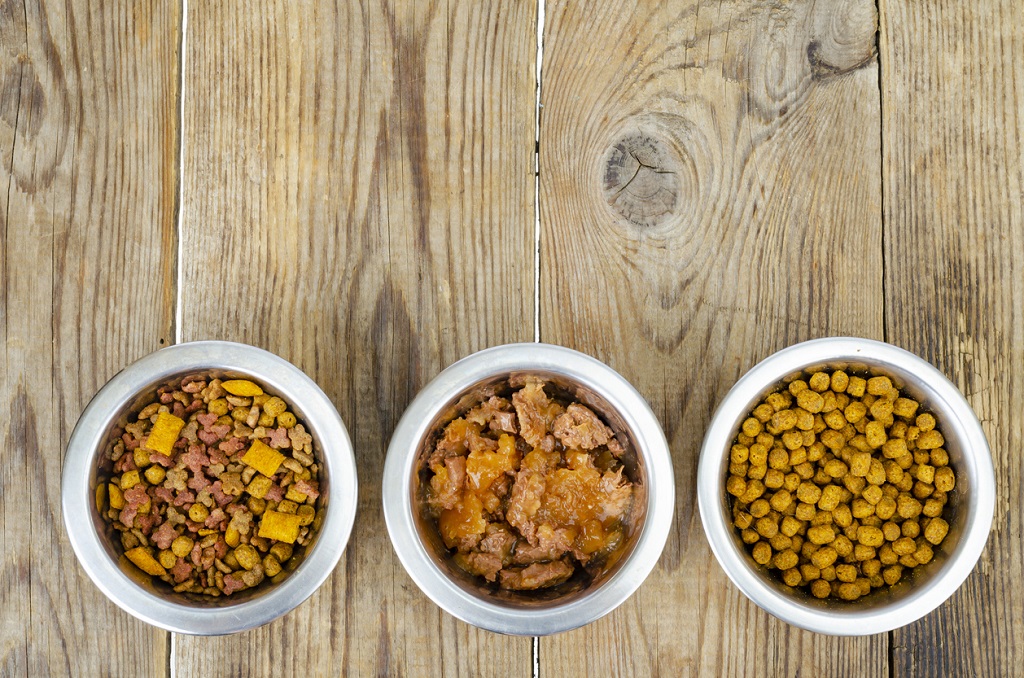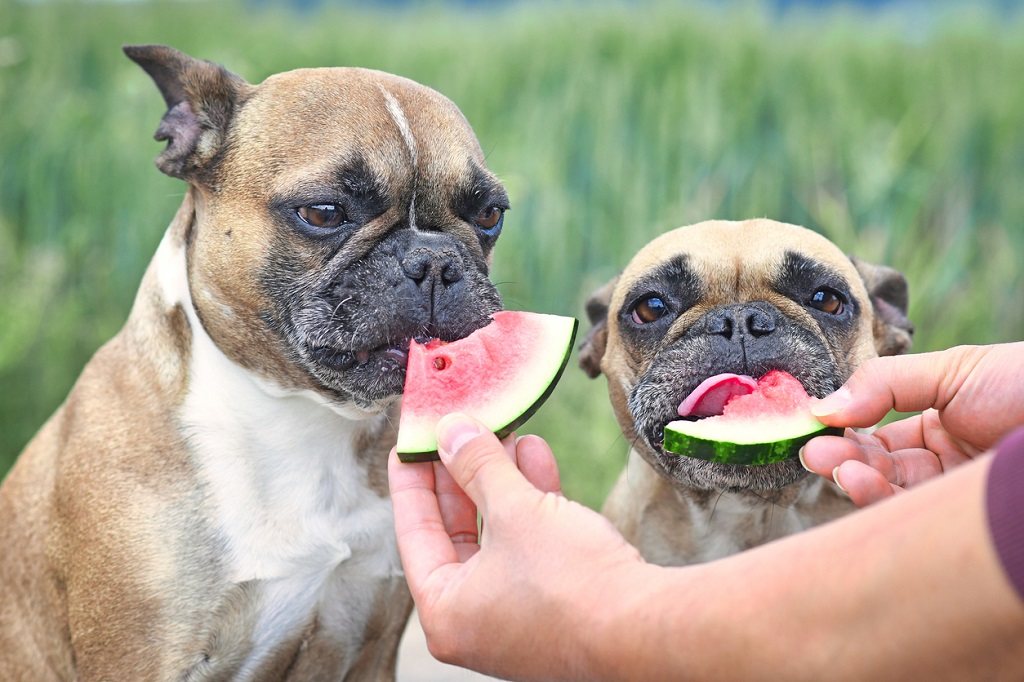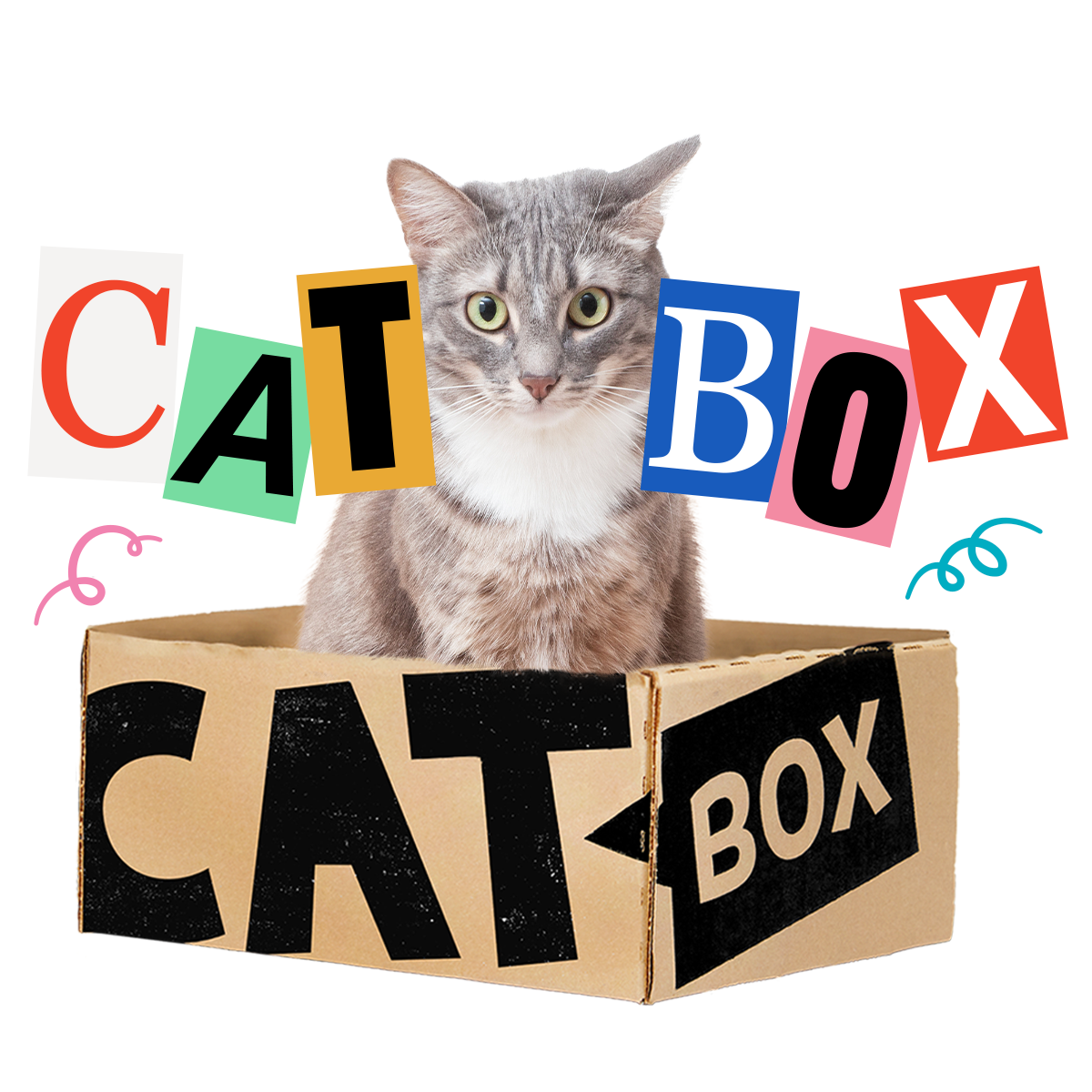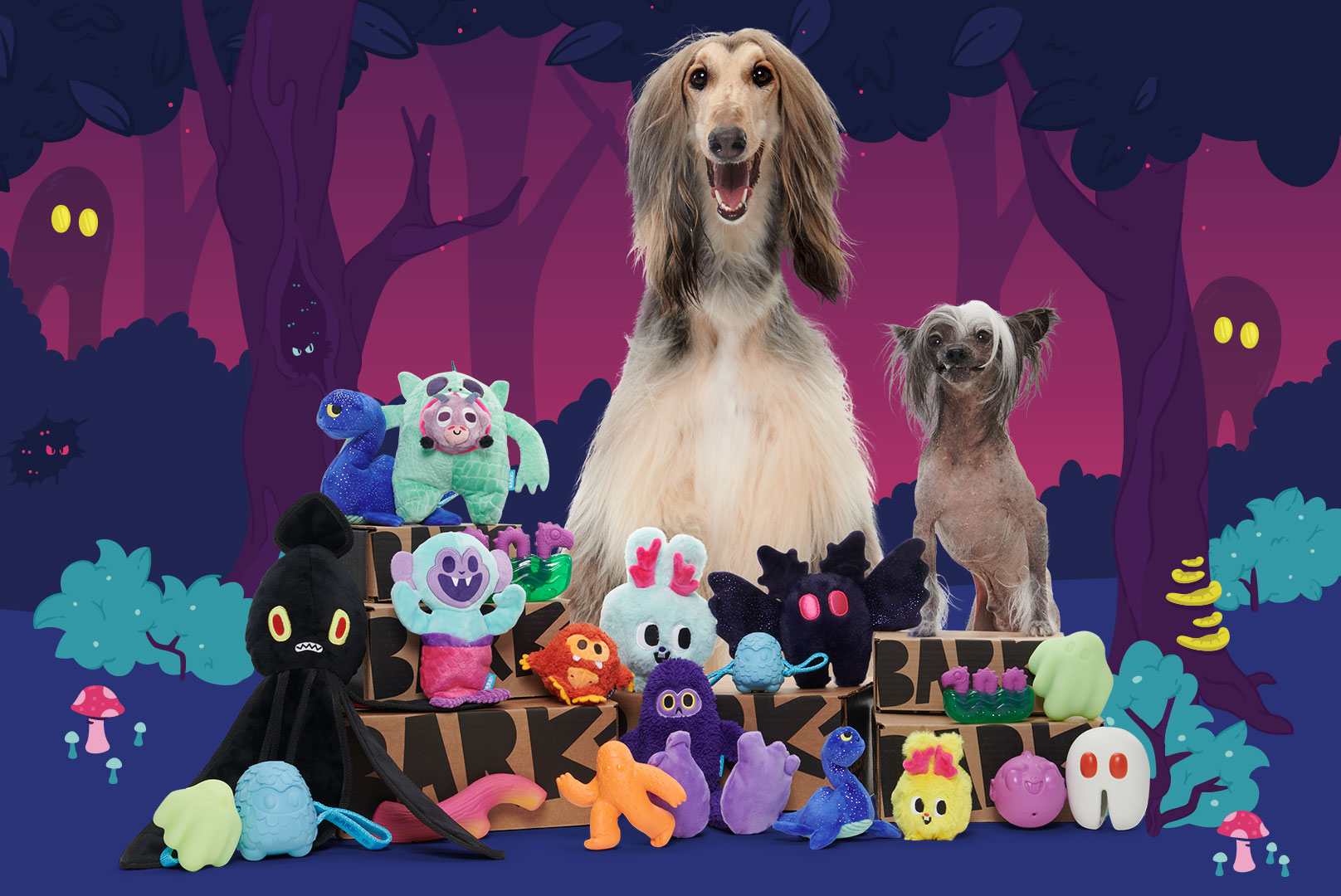For Pups With Short Attention Spans…
AAFCO stands for the Association of American Feed Control Official. They provide a set of guidelines that reputable dog food brand follow in order to help consumers understand the purpose and nutrient profiles of their chosen dog food. Look for the “Complete and Balanced” label to be sure your food meets the standards of the AAFCO.
Perhaps you and your family have just chosen to adopt your first pup and you’re taking a plunge into relevant research. Or maybe your adolescent Boston terrier’s darling, enormous eyes are trying to tell you he doesn’t feel so hot—and it may be because of his diet.
Feeding your pup the proper nutrition can improve your dog’s health and longevity. Fortunately, following AAFCO Dog Food Nutrient Profiles and nutritional standards are a fantastic place to start when curating your dog’s diet.


Now, let’s get the inside scoop.
What Are AAFCO Dog Food Nutrient Profiles?
AAFCO is a handy acronym for the Association of American Feed Control Officials.1 This private, nonprofit organization is composed of individuals who work with agencies at the local, state, and federal level to help safeguard your dog’s wellness. To this end, they:
- Oversee the sale and distribution of pet food and medications
- Create and implement procedures to recognize and define the nutrients in pet food
- Lay the foundation of nutritional requirements in pet food
The state where you live uses AAFCO’s suggestions to establish and enforce regulations on the chow you give your hound (as well as other pet food). Think of AAFCO as the FDA for the canine world—they’re there to ensure labels match what’s inside the bag.
Are All Pet Foods AAFCO Approved?
Excellent question.
No food on the market is technically AAFCO approved. Rather, the nutritional sufficiency of a product comes down to your state, which uses AAFCO guidelines to determine requirements that food must meet.
Instead of evaluating and testing dog (and pet) food and either approving it with a seal or tossing it to the curb, AAFCO provides suggestions on a handful of vital matters, including the pet food’s:
- Product label
- Definition of ingredients
- Lab tests of nutrients
From there, the pet food company—reputable ones, at least—perform third-party testing based on AAFCO’s directives to provide high-quality pet food.


AAFCO’s Basic Guidelines
As humans, we wouldn’t want to eat a product that has less than complete nutrition facts. We want to know exactly where our food comes from and what’s in it.
The same holds true for your pooch.
True, they might be more than delighted to eat the Saran wrap around the half-eaten turkey sandwich they found abandoned in the park but that’s why pet parents exist, right?
With that said, AAFCO suggests that pet food labels contain the following:2
- The company/brand’s name, like Bark, and their location
- The name of the product and the type of animal it’s designed for (dog, cat, mongoose, etc.)
- A list of the product’s ingredients
- Quantity/net weight; i.e., four pounds, or enough for a single snack for your Irish wolfhound (we’re kidding—kind of)
- Guaranteed analysis
- A statement about the product’s nutritional adequacy, which addresses how the food was tested
- The recommended amount of food for your pet
- The calories in a serving (this is a new AAFCO amendment)
So, How Can I Tell If My Pup’s Food is Legit?
Products that state the food is “Complete and Balanced” and have an AAFCO statement are the real deal.
Think back to our comparison to the FDA. Herbal supplements for us bipedal mammals don’t require the FDA’s approval for us to add them to our Instacart. But these supplements also can’t claim they cure cancer or ensure we’ll pass the California State Bar.
Similarly, pet food cannot be advertised as “Complete and Balanced” if it doesn’t meet the required nutritional requirements set forth by AAFCO.


What Are AAFCO’s Nutritional Requirements for Dogs?
Pet food is generally separated into two categories and both have specific requirements:
- Growth and reproduction – “Growth and reproduction” may sound stilted but what they really mean here is that the food is intended for puppies or female dogs who are expecting or nursing their new brood.
- Adult maintenance – “Adult maintenance” refers to, you guessed it, adult pets.
As a pet owner, you may have encountered products marketed for “all life stages,” especially if you’re dog food shopping for more than one Aussiedoodle in your pethold. These products are subjected to more rigorous requirements to ensure they meet the necessities of puppies, but should be fine for dogs of all ages—including the newest member of your family.
Foods that meet AAFCO’s standards, which are updated and published annually as more and more studies on pet nutrition come out, have a minimum calorie content of the essential nutrients lined out by AAFCO in terms of:3
- Protein – 22% for puppies and 18% for adult dogs
- Fat – 8% for wee ones and 5% for adults
- Minerals and vitamins – Minerals such as calcium and vitamins like Vitamin A are a necessary part of your dog’s diet. The percentages of these are dependent on the mineral and vitamin. They can also vary according to dog breeds and their specific nutritional requirements.
These vitamins and minerals include:
- Phosphorous
- Sodium
- Magnesium
- Copper
- Zinc
- Potassium
- Selenium
- Iodine
- Riboflavin
- Niacin
- Vitamin B12
- Thiamine
- Pantothenic acid
Like humans, canines (and all animals) require a baseline of these nutrients to help support energy levels, biological processes, and their overall health—hence the importance of ensuring your dog’s primary source of food satisfies AAFCO’s recommendations.


FAQs About Dog Food AAFCO Nutritional Profiles
Still have questions? You’re not alone. Let’s dive into a few of the most common.
#1 What Does “Intermittent” or “Supplemental Feeding Only” Mean?
Pet food investigators may have come across this statement on dog chow.
“Intermittent” or “supplemental feeding only” means the food doesn’t comply with AAFCO’s dog food nutrient profile—i.e., it is not “Complete and Balanced.” In other words, this shouldn’t be your pup’s chief source of nutrition and shouldn’t be given to you for an extended period of time.
This is the same for supplements, snacks, and other treats, no matter how appealing they appear to your pup while you’re in line at the pet store (or how adorable they look with a bow on Christmas morning). Snacks aren’t subjected to AAFCO’s guidelines.
#2 Is a “Beef Entree” an All-Beef Dog Food?
Generally, no. Although, a pet food label can indicate what your pooch is in store for.
According to the Merck Veterinary Manual, terms like “beef entree,” “beef dinner,” and “beef platter” suggest the food isn’t the equivalent of a filet mignon but does contain 10% beef as an active ingredient.
“With beef” means the product is at least 3% beef.
As for just “beef”? The product is 70% beef.
#3 Do large Dogs Need More Food?
Several dog breeds are sizable—70 pounds or bigger. Even if your puppy is tiny and adorable now, you know where it’s all headed. (We see you, Clifford.) These breeds include but are not limited to:
- Akitas
- Belgian malinois
- Bernese mountain dog
- German shepherd
- Golden retriever
- Great dane
- Labrador retriever
- Rhodesian ridgeback
- Tibetan mastiff
- Weimaraner
If your growing puppy is a larger (or immense) breed such as a Great Dane or Newfoundland, and you’re searching for a product in that “Growth and Reproductive” stage, make sure the food has a statement asserting that it meets the nutritional needs of “large-size dogs (70 lbs or more as an adult dog).”
This was added to AAFCO’s guidelines in 2016 to ensure some dog breeds didn’t consume dangerously high levels of certain nutrients.4 A German shepherd who consumes a surplus of calcium, for instance, may have an increased vulnerability to hip dysplasia.
Look for these statements when selecting food for your large-breed puppy, and pay close attention to “including” vs “except:”
- “…is formulated to meet the nutritional levels established by the AAFCO Dog Food Nutrient Profiles for growth/all life stages including growth of large-size dogs (70 lbs or more as an adult).”
- “…is formulated to meet the nutritional levels established by the AAFCO Dog Food Nutrient Profiles for growth/all life stages except for growth of large-size dogs (70 lbs or more as an adult).”


Make a Difference in Your Dog’s Life With Bark
Here at Bark, we live by the mantra and knowledge that each breed has a unique need.
Our dog food goes a step beyond Dog Food AAFCO food nutrient profiles. We don’t just comply with their guidelines—we also tailor our foods to dog breeds. Labs, for example, flourish on our Cock-a-Doodle Chew, which combines chicken—like, real, farm-raised chicken—with brown rice to meet their special requirements, while our Kibble of the Sea keeps Pitbulls sated with nutrient-rich Alaskan Pollock and brown rice.
We’re committed to quality, freshness, and your dog’s vitality, helping them meet their potential and enjoy a fabulous life with a range of supplements and awesome accessories.
Check out our products today and relish in our subscription services and always-free (you heard us) shipping. Because we think there’s no sound more glorious in the world than a happy—and healthy—bark.
Sources:
- Association of American Feed Control Officials. Fact sheet. https://www.aafco.org/
- Merck Veterinary Manual. Dog and cat foods–management and nutrition. https://www.merckvetmanual.com/management-and-nutrition/nutrition-small-animals/dog-and-cat-foods
- Merck Veterinary Manual. Table: aafco nutrient requirements for dogs. https://www.merckvetmanual.com/multimedia/table/aafco-nutrient-requirements-for-dogs
- Cummings School of Veterinary Medicine, Tuft University. Confused about what to feed your large breed puppy? New rules may help.







